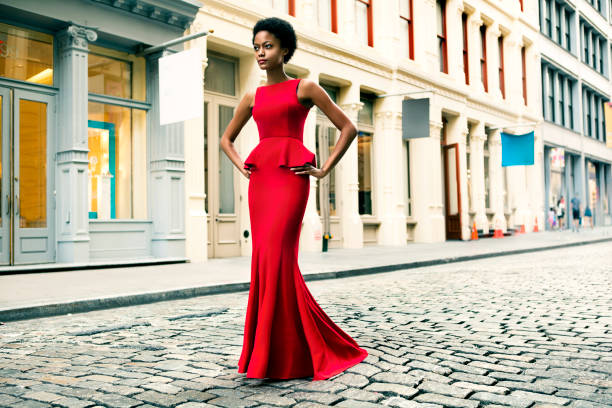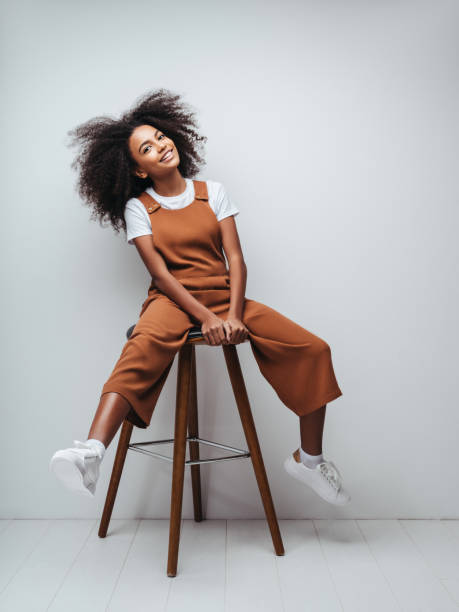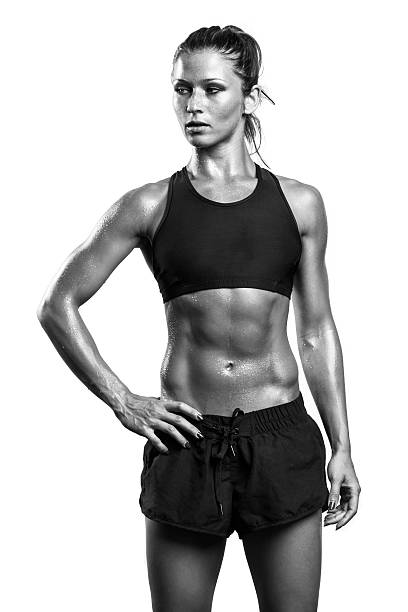14 Types of model
Models are of different types and so as their body requirements are different, here are 14 types of models. In this article, you won’t only know about the 14 types of the model but also their requirements such as shapes, age, height, body stature, and the rest.
Naomi Campbell, Gisele Bündchen, Kate Moss, Heidi Klum, and Tyra Banks are famous female models. Numerous models whose names you don’t recognize make a great living.
They operate as commercial models for manufacturing, vendors, pharmaceutical businesses, airways, automakers, exercise companies, as well as more. Even if you’re not a supermodel, you may fit into one of these groups.

Before we go into the 14 types of models, let us briefly know who a model is.
Who is a Model?
In the art world, a model performs a variety of functions such as posing for photographs while being paid to either showcase, promote, or advertise commercial objects. Male models, particularly those who model apparel, are becoming increasingly common among the modeling community’s female members.
Now you know who a model is let us quickly look at the 14 types of model, and their requirements in terms of size, shape, length, and the rest.
14 Types of Model
1. Models on the catwalk or runway
At least 5 feet, 9 inches tall is required for female runway or catwalk models, however, height is preferable. A runway model’s measurements must be exact to fit the outfits that manufacturers will be displayed to potential customers.
Their bust, waist, and hip dimensions are typically no larger than 34 inches, 23 inches, and 34 inches, respectively. When a designer creates a line of clothing, he or she typically hires a model to help designers fit the garments.
2. Model for Fashion (Editorial)
Models in the fashion industry, known as editorial models, are high-fashion models who appear in publications including Vogue, Harper’s Bazaar, or Elle, plus most typically work for high-end fashion brands such as Armani and Prada.
Typically, female editorial models are at least 5’9″ (1.83 m) tall and extremely trim, with bust measurements typically ranging from 33″ to 33″ (1.83 m) and hips typically measuring 33″ (1.83 m).
Need not worry if you do not even fulfill these statistics perfectly, because modeling companies usually look at the whole package while deciding whether or not a model may be an editorial model.
3. Plus-size Model
Today, the fashion and commercial modeling industries cannot function without the presence of plus-size models. We’ve seen so many plus-size supermodels in the last few years than before from some of the largest fashion agencies.
Instead of using actual dimensions, plus-size models are typically labeled as a size 12 and up. A size 12 isn’t regarded as plus-large in the actual world, but it is in the modeling profession.
4. Parts & Pieces Model
It’s a specialty of part models to create images of hands, feet, legs, and even the eyeball. Models for jewelry, nails, and other beauty products might be hired by clients who need a “perfect” hand.
Similar to the shoe and cosmetic product models, a foot walker might find work modeling for customers who require “beautiful” feet.
Ideally, clients want people who have proportionate body parts and who can wear small-to-medium-sized accessories like gloves, hats, and jewelry. Because of their lower foot size and body parts, petite models are typically employed as part models.
5. Model for High-End Advertisement
It’s common for glamour models to also work as swimwear and lingerie models, and they tend to be more curvaceous than editorial fashion models.
It’s common knowledge that a glamour model poses in a sexually provocative or seductive way in professional images, as opposed to a fashion model. Glamour models include Playboy models, Playboy pinups, and Playboy cover girls.
6. Child Model
Even Anderson Cooper of CNN and Brooke Shields and Jodie Foster of the cast of “30 Rock” can’t agree on what it is they have this in hand. All of them were models as children.
Child models are often between the ages of 12 and 16 and can be of any height or weight. Agents who specialize in representing children as models are always on the lookout for kids who have a lot of personalities and who would perform effectively in a group setting.

7. Model for Health and Fitness
Models who are physically lean and muscular are known as fitness models. It’s not uncommon for fitness models who were previously active mostly in the athletic or training community to branch out into the world of fitness modeling.
Besides working for gyms, supplement businesses, and sports clothing firms, fitness models are also commercial models as well.

8. Catalog Model
Catalog models are viewed as business models, and as a result, they must resemble “actual people” rather than editorial ones.
Some visual features are required, such as a radiant complexion, healthy-looking- looking hair and a killer grin, rather than falling into the standards and expectations of fashion models, they must have an appearance that attracts the key demographic of their clients.
9. The Business Model (Commercial)
A wide range of features necessitates the usage of commercial models of all ages, sizes, and heights. Ads for items and services like food, travel, and technology can be done by commercial models, who aren’t usually linked to high fashion.
10. Petite Model
It is common for petite models to be 5 feet 7 inches or less tall. When it comes to swimsuits, lingerie, and parts modeling, tiny models tend to be more popular than their full-figured counterparts.
Because of their lower shoe and glove sizes, petite models are in high demand as feet and hand models.
11. Models that have been refined (Mature)
As baby boomers reach their 60s and beyond, the demand for more mature models has risen dramatically. Models in their 30s and 40s are considered mature, but they can still work into their 80s and 90s.
Mature models are typically referred to be commercial models because they can perform all of the same functions as businesses.
12. Fit Model
Not to be mistaken with fitness models, fit models are those that operate in the garment industry to ensure that sizing and fit are maintained during the process of production. They are not like fitness models.
Many different fit models are needed by clothing producers before their products can be shipped out to customers. A career in fit modeling may be an option for you even if you don’t have the ideal appearance for print modeling or the ideal height for runway modeling.
13. Promotional Model
Trade exhibitions, conventions, and live events are common places for promotional models to get work. A person in this position might well be asked to talk about or respond to questions about a client’s products to potential clients, therefore they must be sociable as well as knowledgeable about it.
14. Normal Size Model
People don’t regard catalog sizes (0–2) or plus-size models to be “middle models” (10 up). Fashion businesses and brands have been accused of ignoring these types since they prefer to hire models on the ends of the range.
15. Model in a Bikini or Lingerie
The curvier and more sensual swimsuit and lingerie models tend to be more popular than editorial models. Additionally, swimsuit models aren’t limited to bikinis; they can model lingerie and underpants; nightwear; spring/summer clothing; as well as exhibition and fit models.
Finally
Modeling is good career work that pays well as well. To some it’s not just about the pay, it’s their passion for it. They are different kinds of models, no matter what size you are you should fit into at least one of the above types of models.


